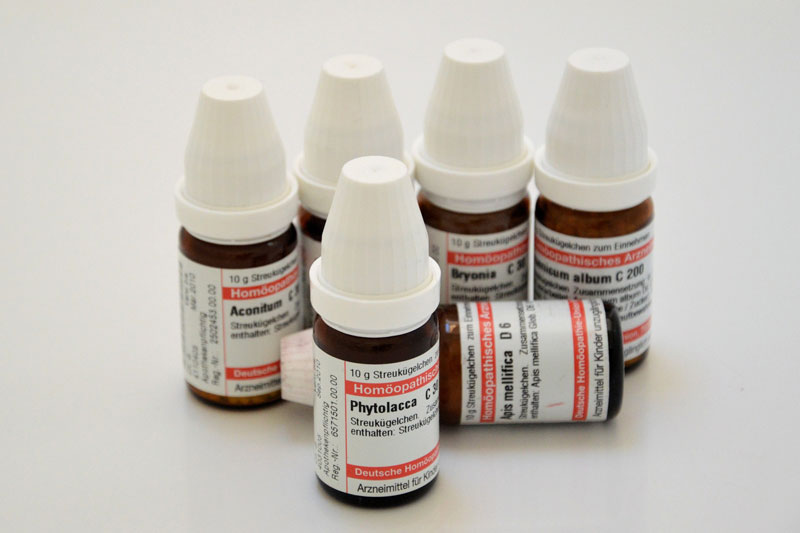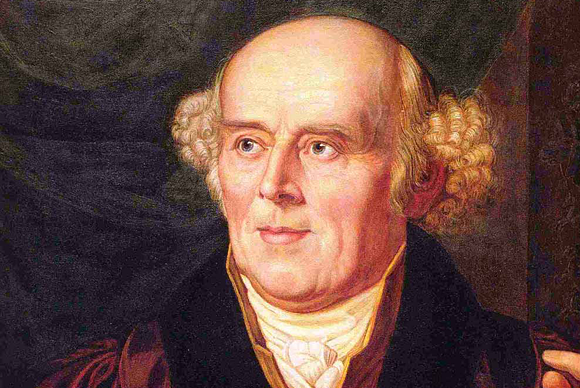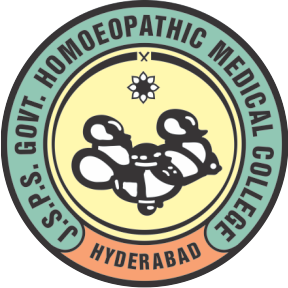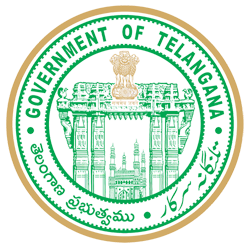About Homeopathy
Brief note on Homoeopathy
Homoeopathy today is a rapidly growing system and is being practiced almost all over the world. In India it has become a household name due the safety of its pills and gentleness of its cure. A rough study states that about 20% of the Indian population solely depend Homoeopathy for their Health care needs and is considered as the Second most popular system of medicine in the Country.
Homoeopathy was discovered by a German Physician, Dr. Christian Friedrich Samuel Hahnemann (1755-1843), in the late eighteenth century. It is a therapeutic system of medicine premised on the principle, “SimiliaSimilibusCurentur”or ‘let likes be treated by likes’. Homoeopathy is a method of treatment for curing the patient by medicines that possess the power of producing similar symptoms in a healthy human being simulating the natural disease, which it can cure in the diseased person.
Homoeopathy strongly believes that it is the Man who is sick and not his parts, and treats the patients as a whole, through holistic &individualistic approach. The concept of ‘law of similars’ was also enunciated by Hippocrates and Paracelsus, but Dr. Hahnemann established it on a scientific footing despite the fact that he lived in an age when modern laboratory methods were almost unknown. The Sources of Homoeopathic medicines are from of animal, plant, mineral and other natural substances, & medicines are prepared by a standard method called dynamisation or potentisation, which comprises of successive dilutions and succussions to raise the inherent curative power of the drugs to maximum.

The medicines thus prepared through ‘potentisation’, attain their potential enhanced enormously to combat ailments while at the same time adverse effects such as drug toxicities are removed, more over the medicines are usually proved in healthy human beings, to ascertain their curative properties. The system believes in the existence of a regulating force (Vital Force) in the organism, which plays a vital role during health, disease and cure.
The symptoms expressed by the patients are considered as the body’s natural reaction to the illness and helps us to find a remedy against the illness. The remedies thus selected work by stimulating the body’s defense mechanism to correct itself naturally.

This therapy adopts an individualistic and holistic approach towards the sick individual. A homoeopathic doctor does not treat in the name of disease, rather the treatment is targeted against the “patient” who is suffering from a particular disease. The physician perceives all the derangements at physical and mental levels of the patient, brings about conceptual image of the patient through totality of symptoms and selects the medicine, which is most similar to the picture of the patient. Thus the dictum goes “ Homoeopathy treats the patient, and not the disease”
Homoeopathic medicines are most cost effective, palatable, have no adverse side effects, can be administered easily. In some cases, the medicines can be prescribed on the basis of symptoms of the patients, without depending upon the cumbersome and costly diagnostic modalities. Homoeopathy has been useful in treatment of psychosomatic disorders, Autoimmune diseases, Geriatric and Pediatric disorders, Ailments during pregnancy, Obstinate skin diseases, life style disorders and Naso- Respiratory allergies, etc. It also has a positive role in improving the quality of life in incurable chronic diseases like cancer, HIV/AIDS, terminally ill patients and incapacitating diseases like rheumatoid arthritis, etc.
Homeopathy was introduced in India the early 19th century. It flourished in Bengal at first, and then spread all over India. In the beginning, it was extensively practiced by amateurs in the civil and military services and others. Dr. Mahendralal Sarkar was the first Indian who became a homeopathic physician. The ‘Calcutta Homeopathic Medical College’, the first homeopathic medical college was established in 1881. This institution took on a major role in popularizing homeopathy in India.
In 1973, the Government of India recognized homeopathy as one of the national systems of medicine and set up the Central Council of Homeopathy (CCH) to regulate its education and practice. Now, only qualified registered homeopaths can practice homeopathy in India. At present, in India, homeopathy is the second most popular method of medical treatment after Allopathy. There are over around 1,50,000 registered homeopathic doctors currently, with approximately 10,000 more being added every year.
Homoeopathy has good recognition and patronization among the people of Telangana, as more and more people even from remotest villages are coming forward for treatment.

